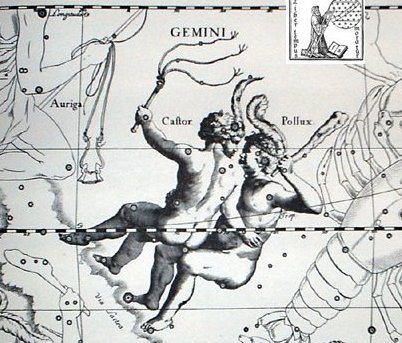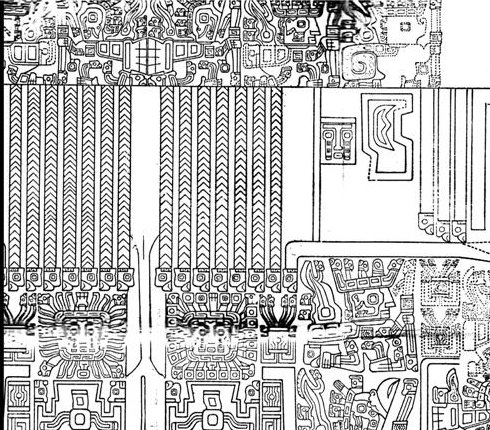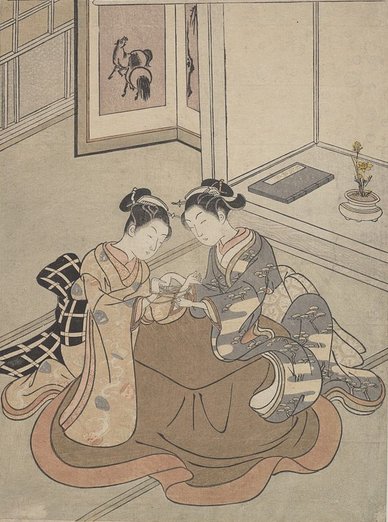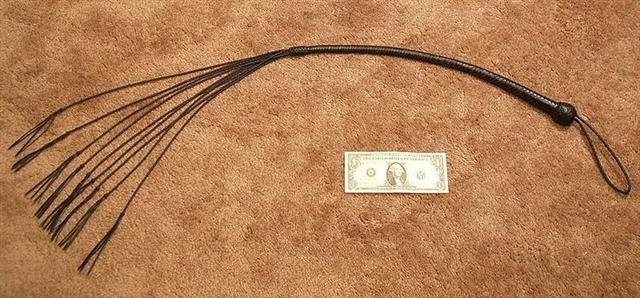Let's now return to more firm ground in form of number 13. At the time of rongorongo Alhena (*103) rose heliacally in day 183 → 366 / 2.
Counting from Rigel (*78) - the Left Foot of Orion - to the position of the Left Foot of Pollux (Alhena) will result in one day less than 78 + 2 * 13 = 104. This would surely have been well known on Easter Island - and also in the adjacent areas of South America.
By counting in the tresses of the South American stone statue Pachamama (the World Mother) we will find 25 instead of 26 after the sum of 78 (→ Rigel):
Where was this lost day? Possibly at the Left Foot of Castor - η Gemini down in the Milky Way River:
This ought to lead us to the pair of Easter Island fibrious trees necessary for making strings, this is suggested by the Latin name for the Beaver - Castor Fiber. Hau = Thread, line, string, ribbon; this is the name of the fibres of the hauhau tree formerly used to make twine, cloth, etc.; hau kahi, fishing line for tuna; hau here, line for eel trap; hau moroki, strong, tough line, thread; hau paka, fibres of the hauhau tree, which were first soaked in water, then dried to produce a strong thread. Ha'u = Hat. Vanaga. Hat, cord; the tree Triumfetta semitriloba. Van Tilburg. Ta.: The tree Hibiscus tiliaceus. Henry. Hau. 1 a. Hibiscus. b. Wick. P Pau.: fau, hibiscus. Mgv.: hau, id. Mq.: fau, hau, id. Ta.: fau, id. 2. To contribute. Ta.: aufau, to pay, to contribute, to subscribe. 3. Hat, cap, helmet; hakarere ki te hau, to take off the hat. Ta.: fauurumaa, war bonnet. 4. Dew; hakaritorito ki te hau, to bleach in the dew. P Mgv., Mq.,Ta.: hau, dew. 5. To blow freshly, coolness, zephyr, salubrious, breeze, wind (hahau, ahau); kona hauhau, kona hahau, a breezy spot; ahau ora, agreeable breeze; hakahahau, to hang out in the air; hakaahau, to blow. T Mgv.: hau, to blow, blusterous, to breathe. Haua, hoarse. (Hauha); araha hauha, to wait for, to look forward to. Hauhau, 1. dog (onomatopoetic). 2 a. To scratch, to scrape, to rub. b. Wood used in plowing fire. 3. (hau 5). Haumaru (hau 5 - marumaru) cool, cold. Hauł, to replace. Hauva, twin, cut T. Hauvaero (hau 3 - vaero) plume, aigrette, head ornament. Hauvarikapau (hau 3 - varikapau) plume, aigrette, head ornament. Churchill. Pau.: Hau, superior, kingdom, to rule. Mgv.: hau, respect. Ta.: hau, government. Mq.: hau, id. Sa.: sauā, despotic. Ma.: hau, superior. Hauhau, to attack. Ma.: hau, to chop. Churchill. Sa.: fau, to tie together, to fasten by tying, the tree (Hibiscus tiliaceus) whose bast is used for cord, the kava strainer made therefrom, strings in various uses; fafau, to lash on, to fasten with sennit; faufau, to fasten on, to tie together. To.: fau, to fasten up the hair, the name of the hibiscus, the kava strainer made therefrom; faufau, to fasten the outriggers of small canoes; hau, to fasten to; fehauaki, to tie. Fu.: fau, the hibiscus, the kava strainer; fał, fafał, fałfał, to attach, to tie. Niuē: fau, fafau, to make by tying. Fotuna: no-fausia, to tie, to fasten. Ta.: fau, the hibiscus; fafau, to tie together. Pau.: fau, the hibiscus. Nuguria: hau, id. Ma.: hau, to bind, to fasten together; whau, a shrub; whauwhau, to tie. Ha.: hau, name of a tree with a practicable bark. Mq.: hau, the hibiscus. Mgv.: hau, id.; hahau, to join or tie with cords. Nukuoro: hau, the hibiscus, a garland. Mg.: au, the hibiscus. Vi.: vau, the hibiscus; vautha, to bind together. Churchill 2. Mahute. A tree (Boussonetia papyrifera) formerly more abundant on the island, the fibres of which were used for clothing (see nua and hami). Vanaga. The tree Broussonetia papyrifera, indispensible for all types of fasteners (lines, twine, ropes, and rigging). Barthel 2. Maute, paper mulberry (mahute G). P Mgv.: eute, ute, id. Mq.: ute, id. Ta.: aute, Hibiscus rosa-sinensis. Pau.: aute, id. Mahutehute (mahute - tutu 1) bast cloth in the last stage of preparation (maute). Churchill .
|
||||||||||||||||||||||||||||||||||||||||||||||||||||||||||||||||||||||||||||||||||||||||||||||||||||||||||||||||||||||||||||||||||||||||||||||||||||||||||||||||||||||||||||||||||||







